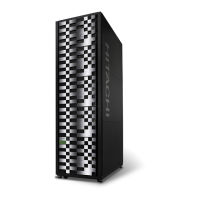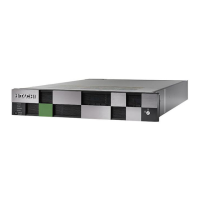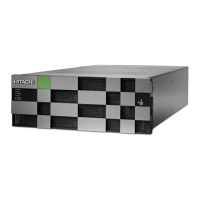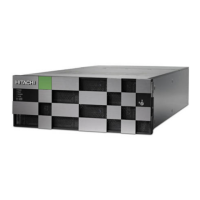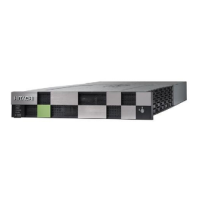primary site
The physical location of a stor
age system that contains original data to be r
eplicated and that
is connected to one or mor
e stor
age systems at a remote or secondary site via remote copy
connections. A primary site can also be called a “main site” or “local site”.
The term "primary site" is also used for host failover operations. In that case, the primary site
is the location of the host on which the production applications are running, and the
secondary site is the location of the host on which the backup applications that run when the
applications at the primary site have failed.
RAID
redundant array of independent disks
A collection of two or more disk drives that presents the image of a single logical disk drive to
the system. Part of the physical storage capacity is used to store redundant information about
user data stored on the remainder of the storage capacity. In the event of a single device
failure, the data can be read or regenerated from the other disk drives.
RAID employs the technique of disk striping, which involves partitioning each drive's storage
space into units ranging from a sector (512 bytes) up to several megabytes. The stripes of all
the disks are interleaved and addressed in order.
RAID group
A redundant array of inexpensive drives (RAID) that have the same capacity and are treated as
one group for data storage and recovery. A RAID group contains both user data and parity
information, which allows the user data to be accessed in the event that one or more of the
drives within the RAID group are not available. The RAID level of a RAID group determines the
number of data drives and parity drives and how the data is "striped" across the drives. For
RAID1, user data is duplicated within the RAID group, so there is no parity data for RAID1 RAID
groups.
A RAID group can also be called an array group or a parity group.
remote path
A route connecting identical ports on the local storage system and the remote storage system.
Two remote paths must be set up for each storage system (one path for each of the two
controllers built in the storage system).
SAN
See storage area network.
SAS
See Serial Attached SCSI.
SAS cable
Cable for connecting a controller box and drive box.
Secure Sockets Layer (SSL)
A common protocol for managing the security of message transmission over the Internet.
Two SSL-enabled peers use their private and public keys to establish a secure communication
session, with each peer encrypting transmitted data with a randomly generated and agreed-
upon symmetric key.
Glossary
Hitachi Virtual Storage Platform G1000, G1500, and VSP F1500 Hardware Guide 182
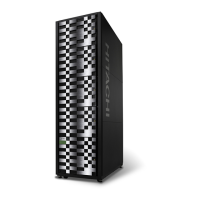
